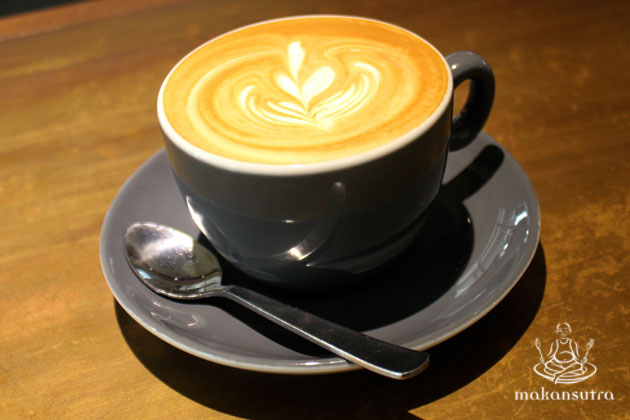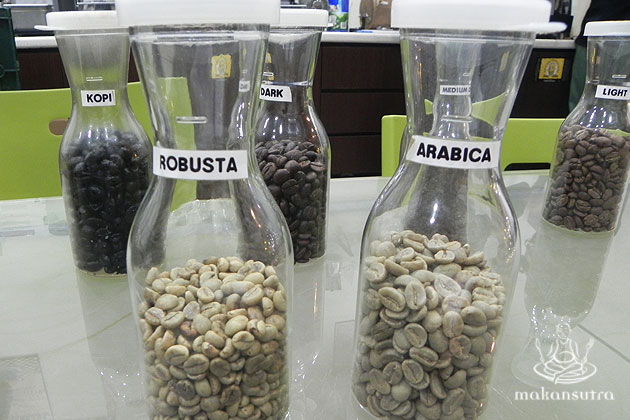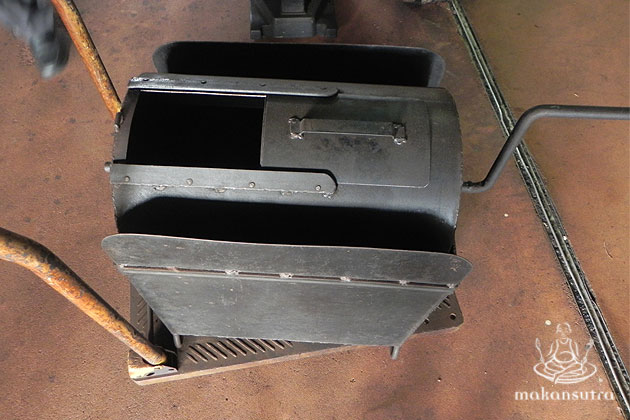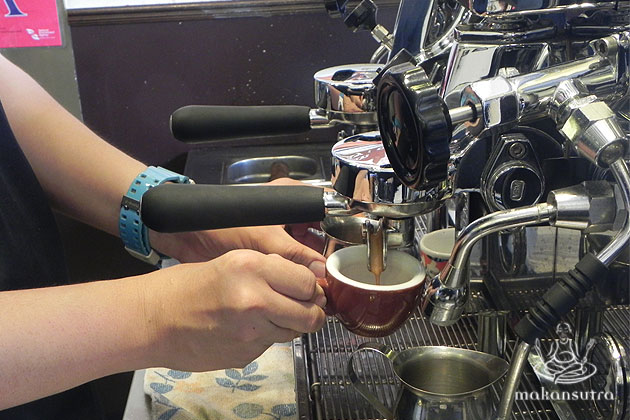
Kopi-O VS Macchiato: Is it the same thing?
By Adeline Ang - Thursday, May 21, 2015
You may be familiar with the Kopi-O and be a VIP member at Starbucks, but what is it, besides the alternate lifestyle that coffee houses advocate, make the coffee sold at coffee houses more widely sought after? One reason is perhaps the price, however they use the same beans as their more expensive branded cousins. Their roasting and brewing also differ. In the end, they are largely, the same thing, safe for some cultural nuances introduced perception and lifestyle expectations.

Robusta and Arabica, these are the names of the two most common types of coffee beans the coffee industry are most familiar with. With its relatively lower costs and wide distribution network, it is of no surprise that Robusta beans were the main or even sole contributor in our local coffee industry before the arrival of gourmet coffee. The woody tones and heavy bodied-ness of Robusta coffee are what we’re all familiar with, so much that the older generation would be quick to label any other coffee as inferior coffee. On the other hand, the European originated Arabica beans, as Mr Phil Ho, co-founder of Highlanders Coffee puts it, are more “flavourful’. Upon further probing, he explains how Arabica coffee would be, in comparison, sweeter, more aromatic and more acidic; characteristics that result in its high demand.

When asked about the roasting of coffee beans, three aunties sipping away at their coffee at Nanyang Old Coffee were eager to share their knowledge. Coffee beans before the ‘70s were roasted in the back alleys, in metal cylinders that were rotated by hand with the use of a metal rod that would be attached to the cylinders. The coffee beans were also roasted over a fire started solely with wood. The job of coffee roasting used to belong to the towkays and when asked why, “aiyoh, only the towkays are experienced enough mah!” was the answer.

Ingredients such margarine and sugar are essential to the added fragrance and sweetness of our kopitiam coffees. There are, however, different explanations for this coffee roasting recipe. One reason for the use of sugar was compensate for the lack of aroma due to the shortage of coffee beans. For Mr. Chew Theng Kuan, owner of Guan Hin Coffee Factory, concludes that the recipe was largely attributed to Hainanese traditions. For gourmet coffee, Mr. Ho explains his no-extra-ingredients rationale. “When you’re roasting Arabica beans, the trick is to find the spot where acidity and sweetness of the beans meet. Unlike Arabica beans, Robusta beans lack certain characteristics that are compensated by sugar and margarine.”

When it comes to coffee-brewing, one of the main difference between local and gourmet coffee would be the water temperature. While gourmet coffee requires a water temperature of 88-96 degrees, local coffees are usually brewed with tongue-scalding boiling water. When asked about the difference, Mr. Ho laughed. “Last time people will sit at coffee shops for a long time; so in order to prevent the drinks from getting cold too fast, they will use boiling water.” Mr. Ho also explains how the boiling water would “burn” the coffee powder, resulting in the bitter taste in local coffee that we are all familiar with. “We then tend to associate bitterness with the strength of the coffee, this is when we are wrong.”

After the chat, I couldn’t help but probe on the myth I’ve heard so much about; was opium ever added in the coffee roasting process? “Aiyah, last time opium was legal right? Right? Coffee used to be drunk by a lot of coolies and since opium relaxes and energizes one’s body,there’s no harm in adding some in their coffee.” When asked with the more sensitive question if towkays did make use of opium to increase the demand for coffee, I was greeted with a sheepish grin. “Well, some of them did.”


